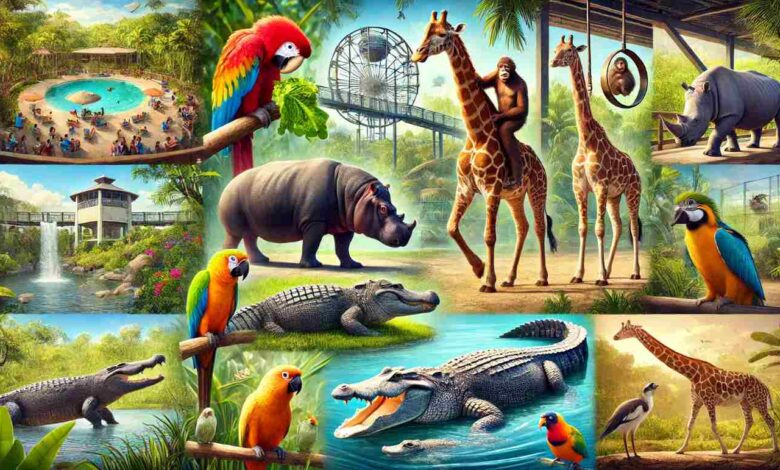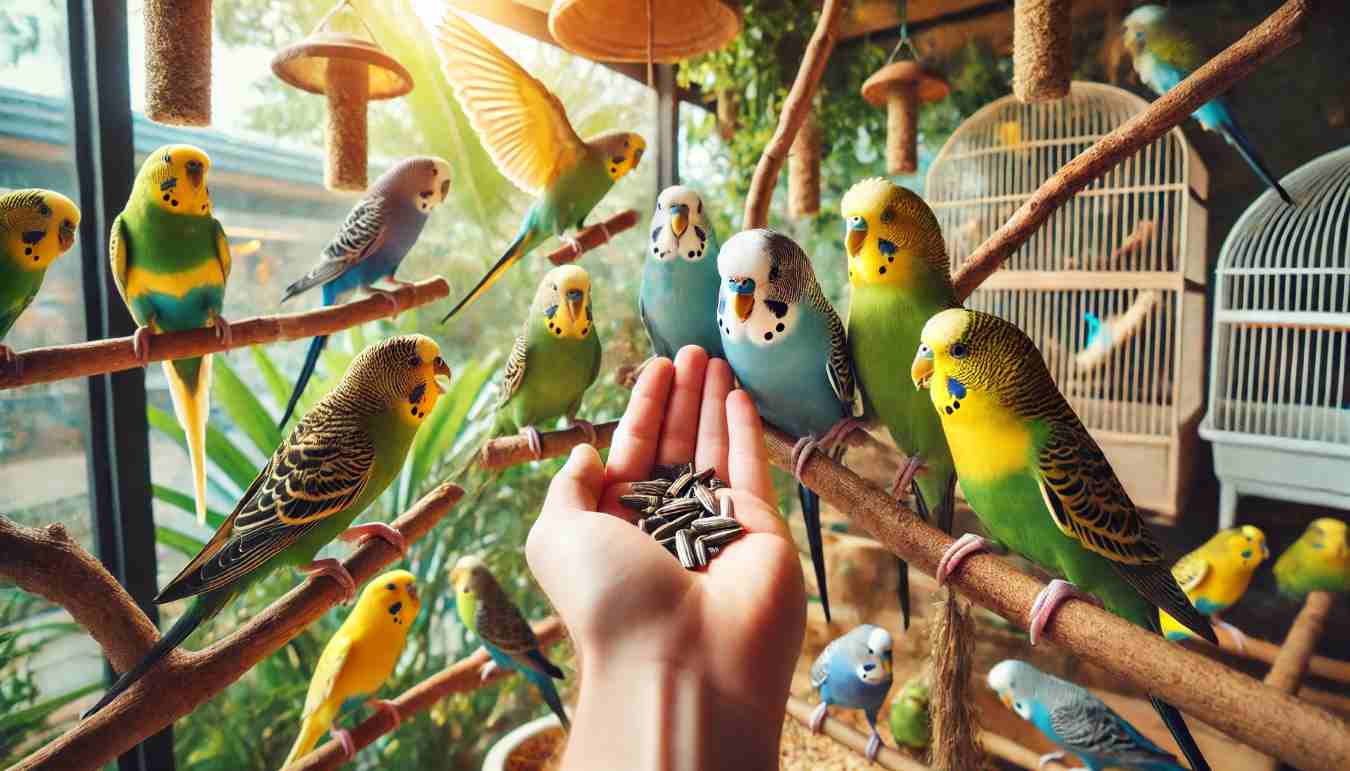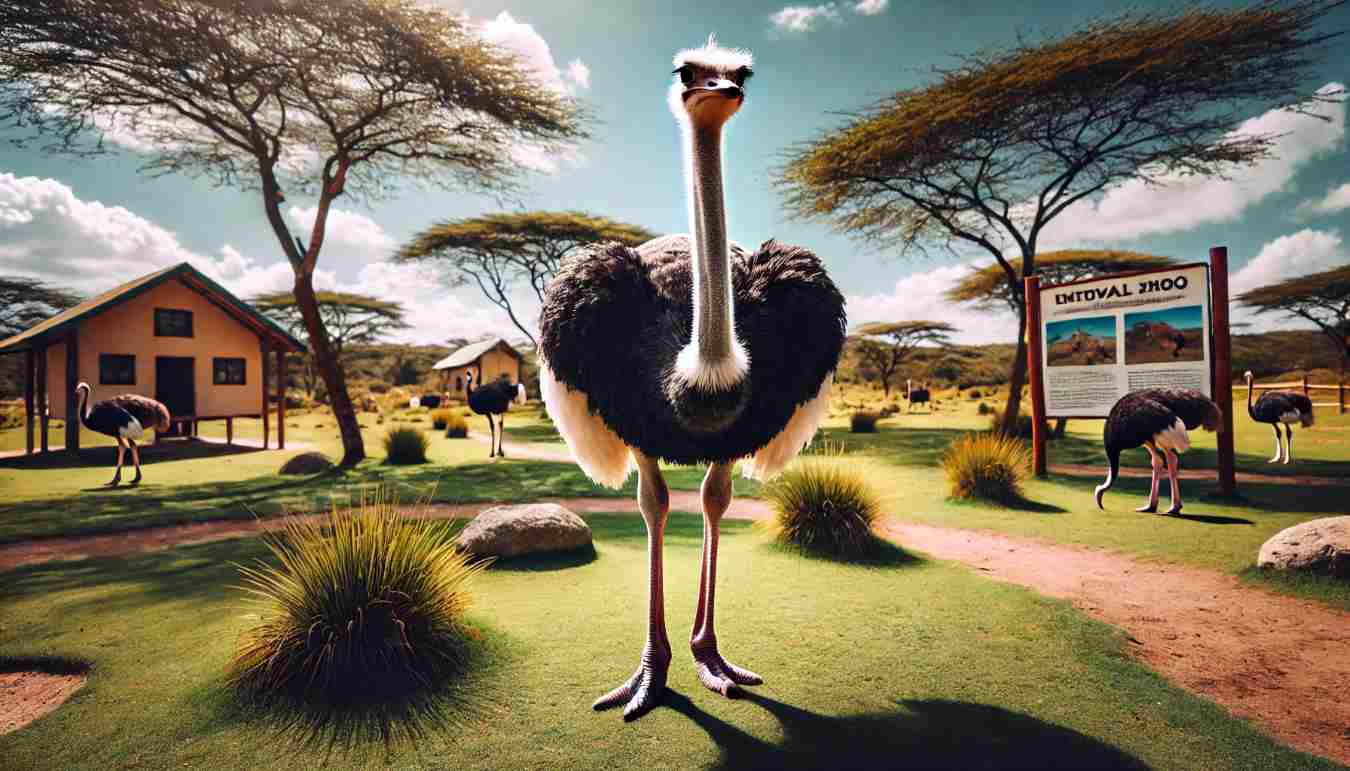The 10 Great Featured Animals of Gulf Breeze Zoo

The Gulf Breeze Zoo, located in Florida, is home to a diverse collection of over 1,000 animals from across the globe. Here, we explore the top 10 featured animals that make this zoo an extraordinary place to visit, offering unique interactions and memorable experiences with these fascinating creatures.
1. Giraffe
Tallest of the bunch, giraffes are a must see at Gulf Breeze Zoo. Guests can view them up close from a boardwalk and feed them romaine lettuce, their favorite treat. Giraffes are found on the savannas of Africa and are easily recognized by their long necks that serve them quite well since they always feed from trees. Our local saving giraffe action is through our conservation projects at the Zoo, where we help save wild populations (they are disappearing due to habitat destruction) and programs that teach people around the world about their unique needs as a species.
2. Orangutan
A feisty and fun loving orangutan: You will see Artie with his chimpanzee friends. This smart ape found in Malaysia and Indonesia is remarkable for its octopus like arms, which it uses to swing from tree to tree with grace. Gulf Breeze Zoo orangutans live on an open air island habitat viewable from the elevated boardwalk. Conservation efforts are much broader than within the zoo, and they support the sumatran orangutan society, which is working independently of them for this endangered species in their native habitat.
3. Hippopotamus
The hippos at Gulf Breeze Zoo continue to be a favorite! These animals may seem tame, but they are still one of the deadliest creatures in Africa. Zoo visitors will be able to watch the large animals wallow in water or feed on their herbivorous diet, learning about hippo behavior and the kind of conservation challenges that threaten hippos in the wild.
4. Gorilla

Then there’s the zoo’s gorilla exhibit, where peace loving silverbacks lead a must see existence. Gorillas are well known for being strong and intelligent animals that live in family groupings. Gulf Breeze Zoo emphasizes curiosity through educational efforts, teaching visitors about the importance of preserving gorilla populations especially those in Africa’s rainforests endangered by deforestation and poaching. The zoo’s conservation programs aim to raise awareness and support global actions essential for protecting these magnificent creatures.
5. Indian Rhino
The Indian Rhinoceros, also called the greater one horned rhino and easily recognized by its thick armor like skin. Sloths of the Tree | Native to Nepal and India grasslands, these solitary creature are herbivores that travel with time feeding or bathing in water most often. The Gulf Breeze Zoo provides educational opportunities to help visitors learn more about the problems these rhinos are facing, such as poaching for their horns and they also support several conservation efforts that work to save this species from vanishing.
6. Albino Alligator
The albino alligator is one of the more unique animals at Gulf Breeze Zoo. Thanks to him, this reptile is easily recognized by the white complexion and pink eyes, which resulted from a mutation. Because albino alligators cannot conceal themselves like other gators, they have minimal chances of surviving in the wild. Giving people an up close view of these critically endangered animals helps demonstrate the importance of preserving habitats, especially as species like the northern white rhino face extinction.
7. Budgerigar Parakeet

The colorful budgerigar parakeets, more commonly referred to as budgies, reside in Gulf Breeze Zoo’s Budgiery Adventure Aviary. Visitors can enter the aviary and hand feed these small, wonderful birds. Native to Australia, budgies are known for their colorful plumage and social behavior. More than just physical interaction, the aviary experience educates visitors on what the bird’s environment would be like in the wild and how conservation efforts can help their population survive beyond confinement.
8. Galapagos Tortoise
The famed Galapagos tortoise, which can live up to 100 years old and becomes absolutely huge, is another animal loved by travelers. These tortoises, from the Galapagos Islands, are important in keeping the ecological checks and balances of their habitat. Over at Gulf Breeze Zoo, the slow going ones keep folks captivated with their easygoing nature and evolutionary story. Zoo conservation programs are vital for preventing species extinction by providing a safety net and backup population.
9. American Alligator
The zoo is home to an American born reptile, the alligator (the one from the Southeast)! It is here in the wetlands that visitors can see these ancient animals and learn about their great importance to a healthy ecosystem. The zoo emphasizes that waterway conservation is beneficial, as it protects a habitat crucial to ensuring long term survival for not just American alligators but countless other species.
10. Ostrich

Completing the list is the ostrich, the fastest running bird in the world. Ostriches at Gulf Breeze Zoo come all the way from the African savannas and are a sight to behold with their height. Known for their powerful legs that can help them outrun predators, these are the fastest of all flightless birds. The zoo provides information to the public about ostrich behavior and wildlife conservation efforts across Africa through interactive exhibits.
The Bottom Line
The Gulf Breeze Zoo provides an amazing adventure with opportunities to get nose to nose with a wide range of wildlife from giraffes nibbling lettuce to tiny parakeets eating seed sticks. All exhibits are developed to enhance the love for wildlife and enforce conservation efforts. He added, “Someone who participates will leave not only with lifelong memories but also a much better sense of what it is that zoos like Gulf Breeze actually do and how vital they are to the survival of those endangered animals as well as getting more members or visitors involved in wildlife conservation.




